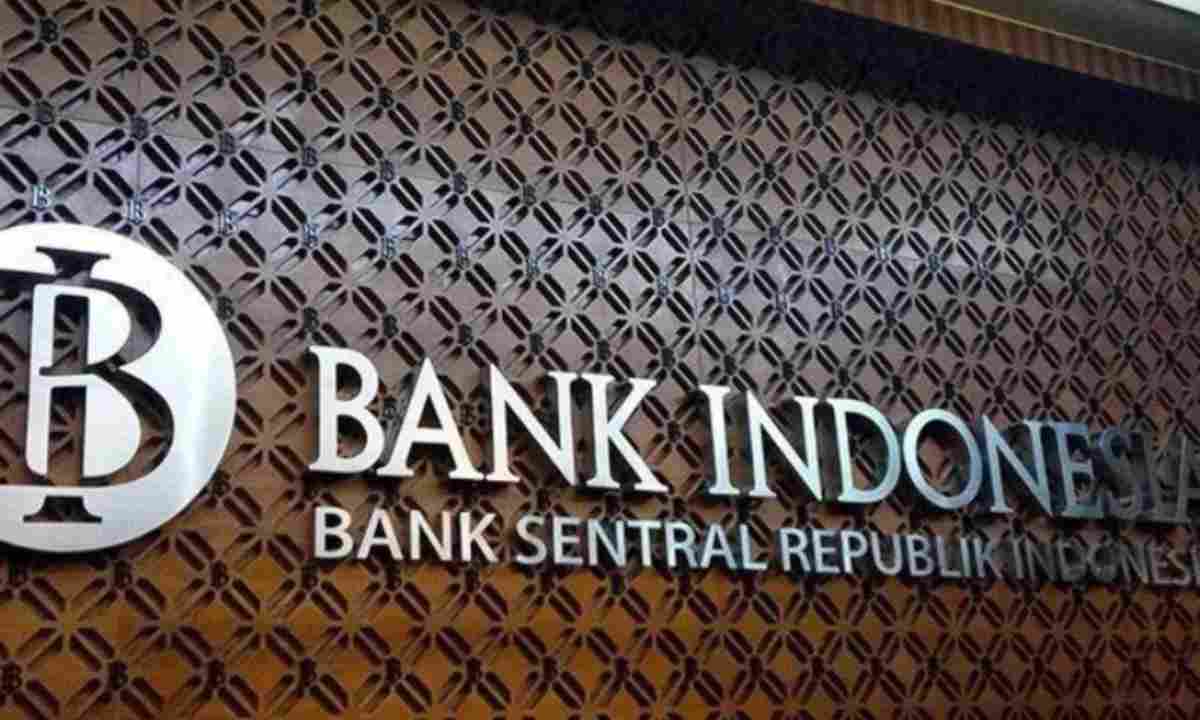Bank Indonesia (BI) is poised to make a pivotal interest rate decision on May 21, 2025, which could see the central bank lowering its benchmark rate in response to a strengthening rupiah and moderated inflation outlook. With investors closely monitoring BI's next move, this decision could mark a significant shift in Indonesia’s monetary policy direction for the remainder of the year.
Why Bank Indonesia Is Likely to Cut Rates
The potential interest rate cut by Bank Indonesia is primarily driven by the recent stabilization of the rupiah. After months of volatility, the Indonesian currency has shown signs of recovery, thanks to easing global uncertainties and steady capital inflows. A stronger rupiah provides room for monetary policy loosening without exacerbating inflationary pressures.
According to a Reuters poll of 34 economists, a majority now expect Bank Indonesia to reduce its seven-day reverse repurchase rate from the current 6.25% to 6.00%. Several analysts believe this move would help spur domestic investment and support consumer spending amid a broader push for economic growth in the second half of 2025.
"The rupiah has stabilized significantly, and inflation remains under control. This creates a perfect window for BI to be more accommodative,” said an economist from Bank Danamon.
The Broader Economic Context
Indonesia’s central bank has maintained a relatively conservative monetary stance throughout much of 2024 and early 2025. Its primary concerns were inflation—driven by global supply chain disruptions and food prices—and the stability of the rupiah, which had depreciated against the US dollar due to high interest rates in advanced economies.
However, the dynamics have now shifted. The US Federal Reserve has signaled a pause in its rate hikes, and oil prices have remained largely steady. Meanwhile, domestic inflation in Indonesia has declined to around 2.8%, well within Bank Indonesia’s target range of 2-4%. As these pressures ease, BI has more flexibility to support domestic growth.
A rate cut would likely benefit sectors such as property, construction, and consumer goods, where borrowing costs significantly influence demand. Moreover, with Indonesia aiming to boost foreign direct investment and local production, lower interest rates could make business financing more accessible.
Implications for the Market and the Rupiah
Despite the improving economic fundamentals, Bank Indonesia’s move is not without risk. A premature rate cut could reignite pressure on the rupiah if capital outflows return. However, most economists believe BI has been prudent and data-driven in its approach, and that a modest rate cut is unlikely to destabilize the currency.
The rupiah has appreciated more than 1.5% against the US dollar over the past month, currently trading around IDR 15,800 per USD. This improvement is attributed to easing geopolitical tensions, positive trade data, and a return of foreign portfolio investments into Indonesian bonds.
Additionally, BI has been actively using its forex reserves—standing at around USD 139 billion—to manage excessive currency volatility. This has reassured investors and helped anchor market expectations ahead of the May policy meeting.
If the rate cut materializes, the central bank’s forward guidance will be critical in shaping investor sentiment. Market participants will closely watch BI Governor Perry Warjiyo’s statement for cues about the pace of future easing.
Challenges and Opportunities Ahead
Looking forward, Bank Indonesia’s policy direction will be shaped by both domestic and global developments. While inflation is currently subdued, it could pick up again due to potential food price shocks or rising global commodity prices.
There is also the uncertainty of external risks—such as China’s slowing economy and fluctuations in US monetary policy—which could affect capital flows into emerging markets like Indonesia. Therefore, any further rate cuts beyond May 2025 would likely depend on a careful assessment of these macroeconomic risks.
Nonetheless, Indonesia remains in a relatively strong position. The country's GDP is projected to grow by 5.1% this year, supported by robust household consumption, public infrastructure spending, and improving trade performance. A well-calibrated interest rate policy will be essential to maintaining this momentum.
The Road to a Pro-Growth Monetary Stance
The anticipated Bank Indonesia interest rate cut signals a potential shift toward a more pro-growth stance. After prioritizing financial stability for over a year, BI may now seek to support recovery by boosting lending and economic activity.
For Indonesian businesses, particularly small and medium-sized enterprises (SMEs), lower borrowing costs could unlock much-needed capital for expansion. The same goes for consumers, who may see more favorable loan terms for housing, vehicles, and education.
From a regional perspective, Indonesia’s move would align with a broader trend among Southeast Asian central banks. Countries like Thailand and the Philippines are also expected to adopt more accommodative policies in response to easing inflation and shifting global dynamics.
Conclusion
Bank Indonesia’s upcoming rate decision is more than just a technical monetary policy adjustment—it is a signal of where the Indonesian economy is headed. With the rupiah gaining ground, inflation moderating, and investor confidence returning, a carefully managed interest rate cut could mark the beginning of a new growth phase.
Whether this will be a one-time adjustment or the start of a series of cuts depends on a wide array of domestic and international factors. But for now, all eyes are on May 21 as the central bank weighs its next move.
Read More






 Monday, 01-12-25
Monday, 01-12-25







